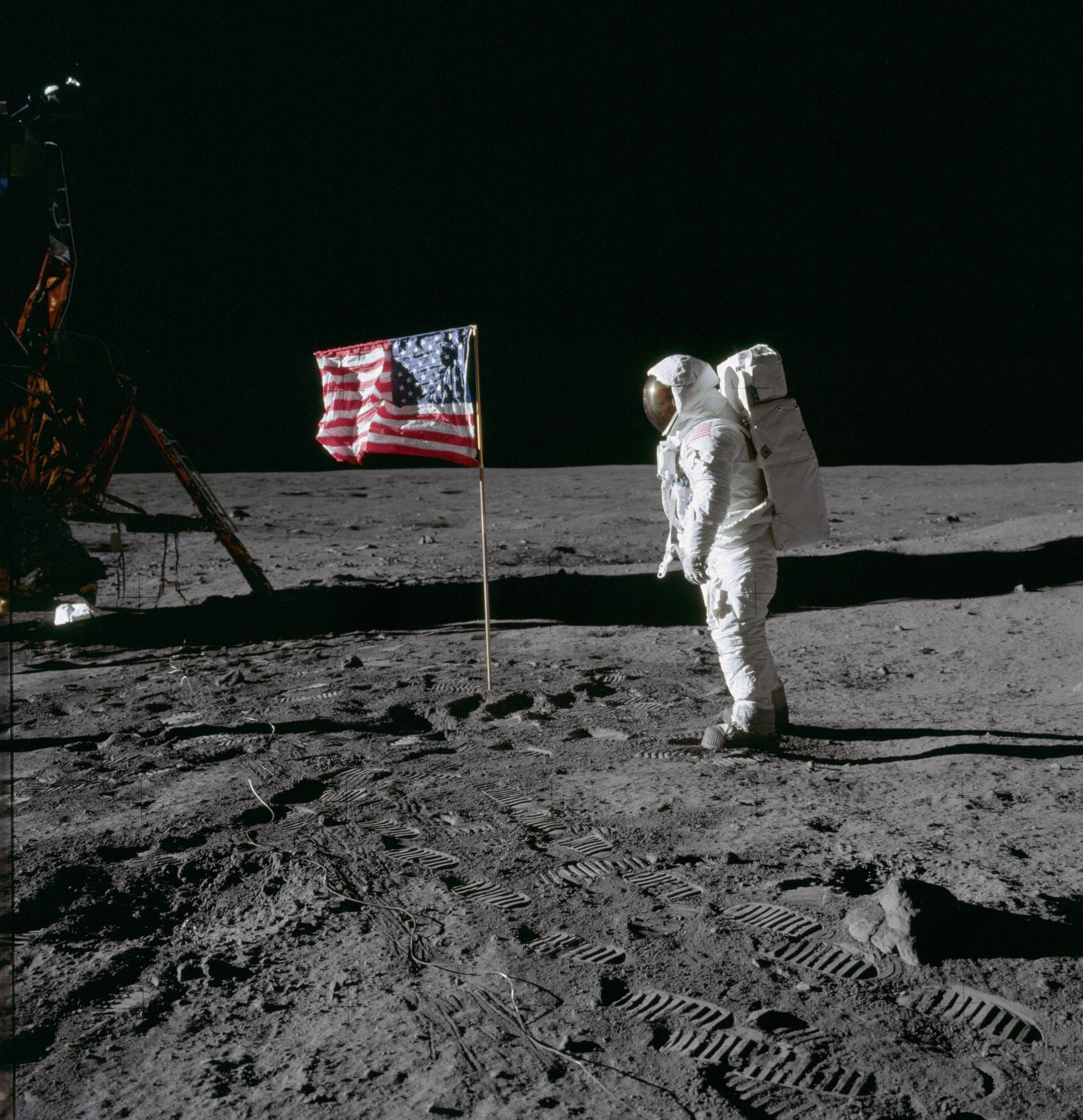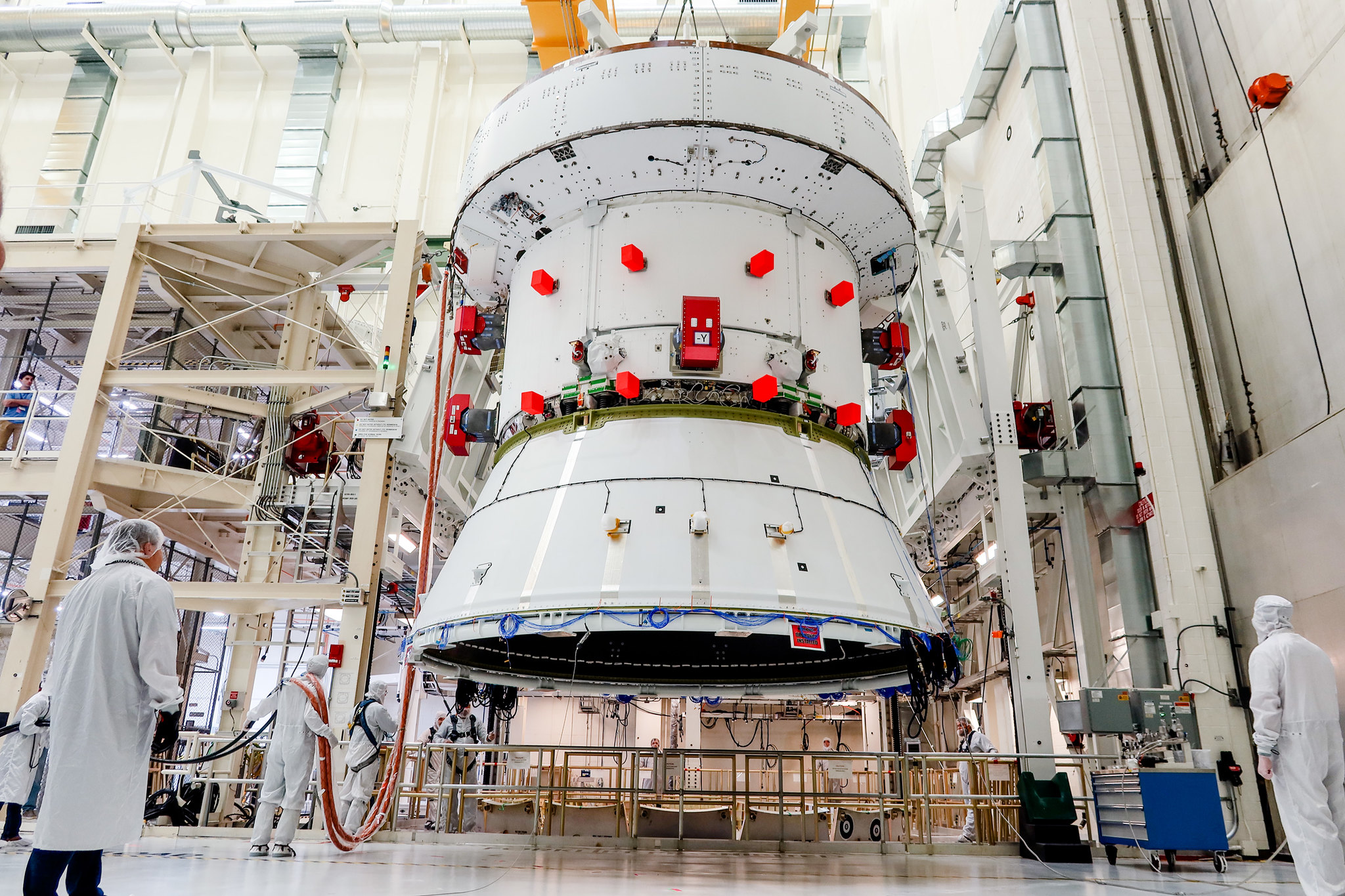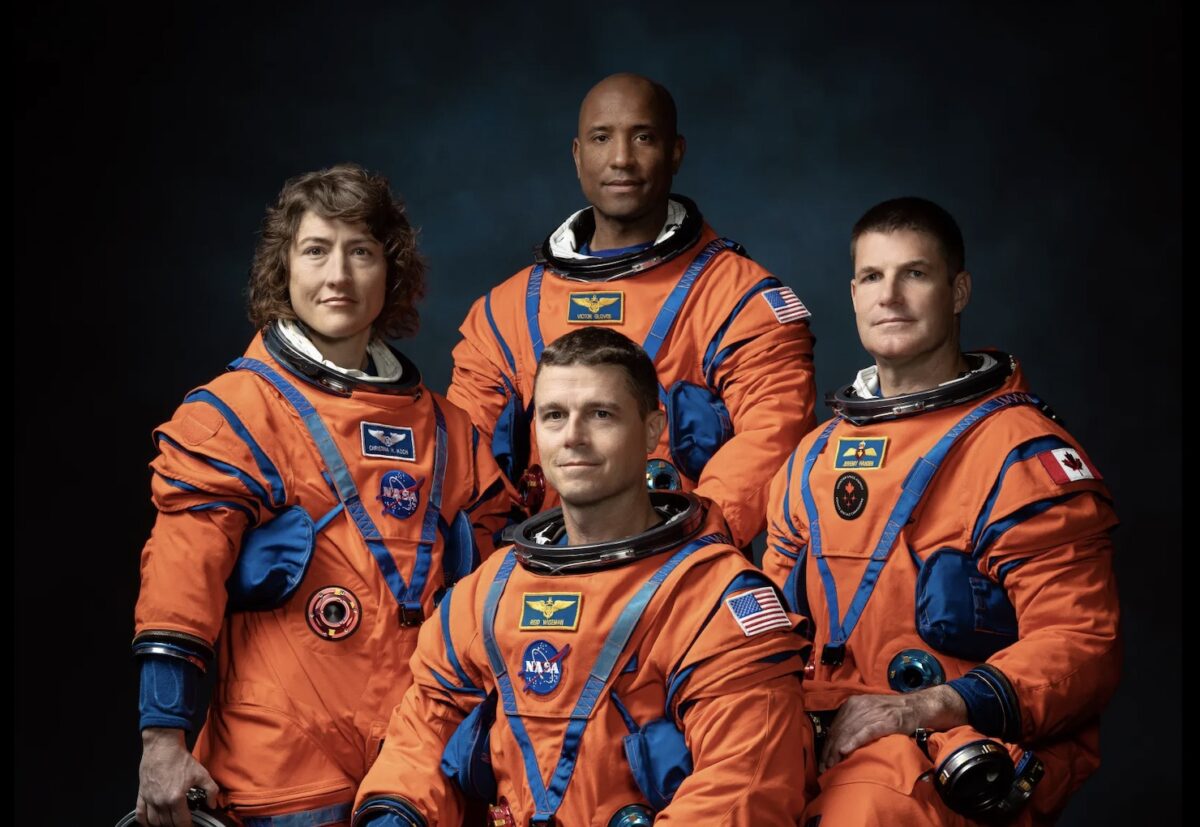On December 14, 1972, surrounded by darkness and light and standing where only 11 others had ever stood before, Gene Cernan became the last person to walk on the moon. As he prepared to depart, he announced over the radio, “As we leave the moon at Taurus-Littrow, we leave as we came, and God willing, as we shall return, with peace and hope for all mankind.”
Cernan, commander of the Apollo 17 mission, died in 2017 and never got to witness another return to the moon. That hope of returning, however, remains very much alive at NASA, and with the Artemis missions, mankind will once again take that giant leap to the moon.

The Artemis Missions
The first of the Artemis missions took place on November 16, 2022, with the unmanned Orion spacecraft traveling more than 1.4 million miles over the course of 25 days. The spacecraft traveled thousands of miles beyond and around the moon before it reentered the Earth’s atmosphere at nearly 25,000 miles per hour, finally splashing down into the Pacific Ocean.
The next mission, Artemis II, is scheduled for a 10-day flight around the moon in November 2024 with a crew of four: mission commander Reid Wiseman, pilot Victor Glover, mission specialist Christina Koch, and the Canadian Space Agency’s mission specialist Jeremy Hansen. For the Americans, it will be a return to space, but even for them, humanity has never gone this far away from Earth before. The Artemis II mission could break the record for distance traveled during a manned space flight.

“It will depend on where the Earth-moon system is when we launch,” said Mr. Wiseman, who has been a NASA astronaut since 2009. Apollo 13 currently holds the record, at 249,205 miles from Earth; Artemis II could end up reaching 10,000 miles farther. “Hopefully a year later, we will eclipse it again, and a year after that we will eclipse it again,” he said of future NASA missions.
The Artemis II mission is the beginning of what is expected to be not just a return to the moon, but eventually, the establishment of a base camp on the lunar surface, and a future trip to Mars. NASA’s goals are lofty, and Wiseman believes that those goals are not just achievable, but inevitable.
“I think we are definitely looking at humankind living on the moon, living on Mars, getting out into the solar system,” he said. “If you look back at what humans have done on Earth, we can’t sit still as a group of beings. We are restless and we are very inquisitive. I think we will always look at the moon and want to go there. And for those of us who find Mars in the night sky, we want to go there. I would love to go to the moons of Saturn and wake up in my living room and see the rings of Saturn in the morning. I think that is just where we are headed. We are never going to quit.”
…
(This is a short preview of a story from the Dec. Issue, Volume 3.)




